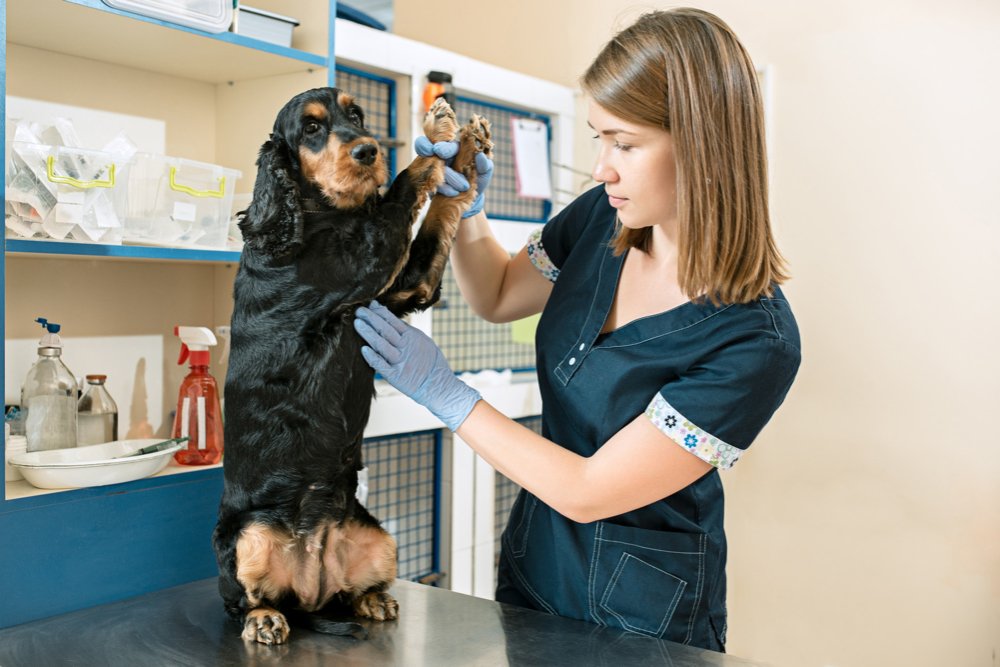
Home » Ideal Temperature to Protect Your Dog’s Paws from Hot Surfaces.
Whether humans or animals, most prefer or feel comfortable in a well-balanced environment. Any extreme thing may hurt. As a dog owner, you greatly care about temperature conditions for your canine’s wellbeing. Generally, too hot or too cold weather can be harmful.
It can disrupt your pet’s outdoor routine for walks, playtime, and others. Every breed adjusts well to 70 degrees Fahrenheit easily. But any significant jumps or drops can cause worry.
Suppose it gets blazing hot. Your dog would need protection from UV rays and sunburn. Let’s figure out ways to ensure its safety.
Also Read: Healthy Dog Food for Your Dog’s Digestion

You must first know the temperature outside to protect dog paws from hot pavement. When the mercury rises to 85 degrees Fahrenheit and stays high all day, taking your pup outdoors, even briefly, will be risky. Your shoes save you from the pavement’s heat, but your dog’s paws are exposed.
If you still should walk with him outside, get some good booties. Train your doggy for this to be comfortable walking in them. Otherwise, artificial grass or asphalt surfaces can affect his paws with burns and blisters.
Young ones need more help with scorching pavements for their sensitive feet. So, avoid outings with it when the temperature is 85 degrees or more.
American Medical Association’s journal reveals that 86 degrees of air temperature can increase the asphalt surface’s heat to 135 degrees. If you want to ensure that it is safe for your dog’s paws to walk on it, touch the pavement with your hand for ten seconds.
Do you find it hot? It will be more uncomfortable for your dog, then.
Also Read: How to Take Care of Your Elderly Dog’s Health and Mobility
Exposure to excess heat damages the dog’s paws and overall wellness. Contact with hot pavement will increase your pet’s body temperature, increasing heatstroke risks.
A dog’s average body temperature can be 99-102.5 degrees F. But anything above this is a red flag: more than 104 degrees leads to heat stress, 105 degrees to heat exhaustion, and 106 degrees to heatstroke.

You must seek emergency vet care when your canine friend’s temperature is 106 degrees. Signs of heat stress to watch out for include continuous panting, vomiting, nausea, restlessness, reduced movement, too much lying or sitting down, salivation, and skin redness.
However, heatstroke symptoms often manifest as dizziness, gum color change to purple, red, or blue, thick saliva, excess drooling, confusion, rectal bleeding, and not drinking water.
It can also become unconscious, lethargic, etc. Some can also experience seizures. Hence, limiting your dog’s outings in the hot weather is better. Choose relatively cooler times. If you suspect your pet is stressed due to heat, take him to shade for rest.
Use ice packs or cold towels on his chest and front legs. Keep it hydrated. Experts also recommend conditioning your dog’s pads for the weather. Run with your pet in cool weather for this.
The hard surface will make its paws resistant to hot temperatures. As a result, the risk of burn and blistering will be less when they jog in the warm season for the first time.



